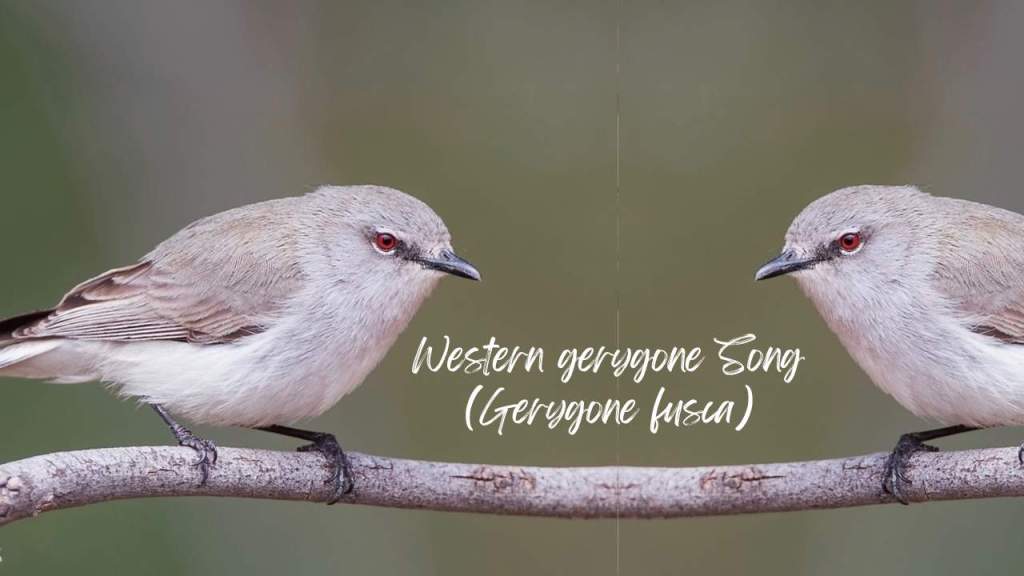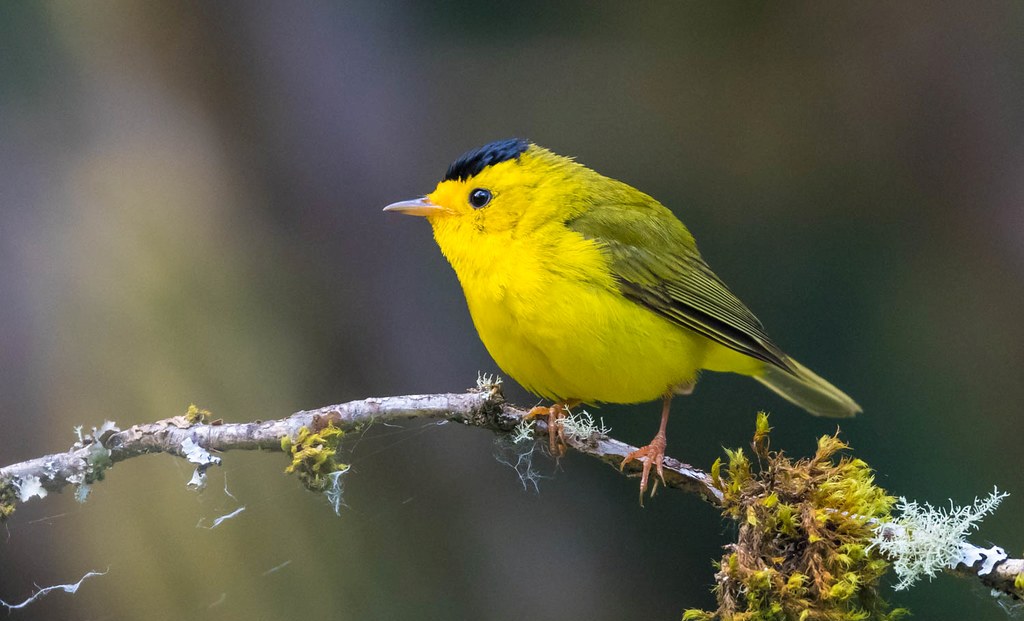There is a meandering melody to the western gerygone song, naturally composed of a series of clear, high-pitched whistles. Every note is pitched consistently, and there is a noticeable difference between notes. Singing birds may move their heads in different directions with each note of the song; its tenacity and unique melodic features make it easily recognized from a distance.
The western gerygone songs are quite similar to mainland populations; they are primarily restricted to the breeding season, and the species is much less noticeable in non-breeding seasons. From the western gerygone colonists of Rottnest Island in the 1950s, a unique new song has been created; unlike the mainland song, it is sung in a rigorously repeated tune. It was estimated in 2003 that over thirty percent of the western Gerygones on Rottnest Island sang the new song, and some sang both the new song and the standard song from the mainland.
Therefore, evolutionary biologists are interested in the island biogeography of birdsong because it is relevant to speciation. The western gerygone song, which has emerged rapidly over a short period in a recently isolated population on Rottnest Island, is a notable example of both cultural innovation and cultural transmission through social learning.
Hence, if secondary contact is subsequently established with the original mainland population, breeding birds may cease to respond to each other’s songs. Moreover, behavioral reproductive isolation is a mechanism of evolutionary divergence. Sexual selection may eventually lead to the novel song completely replacing the typical mainland western gerygone song on Rottnest Island. Here’s an opportunity to listen to nature’s most melodious songs in the world.







